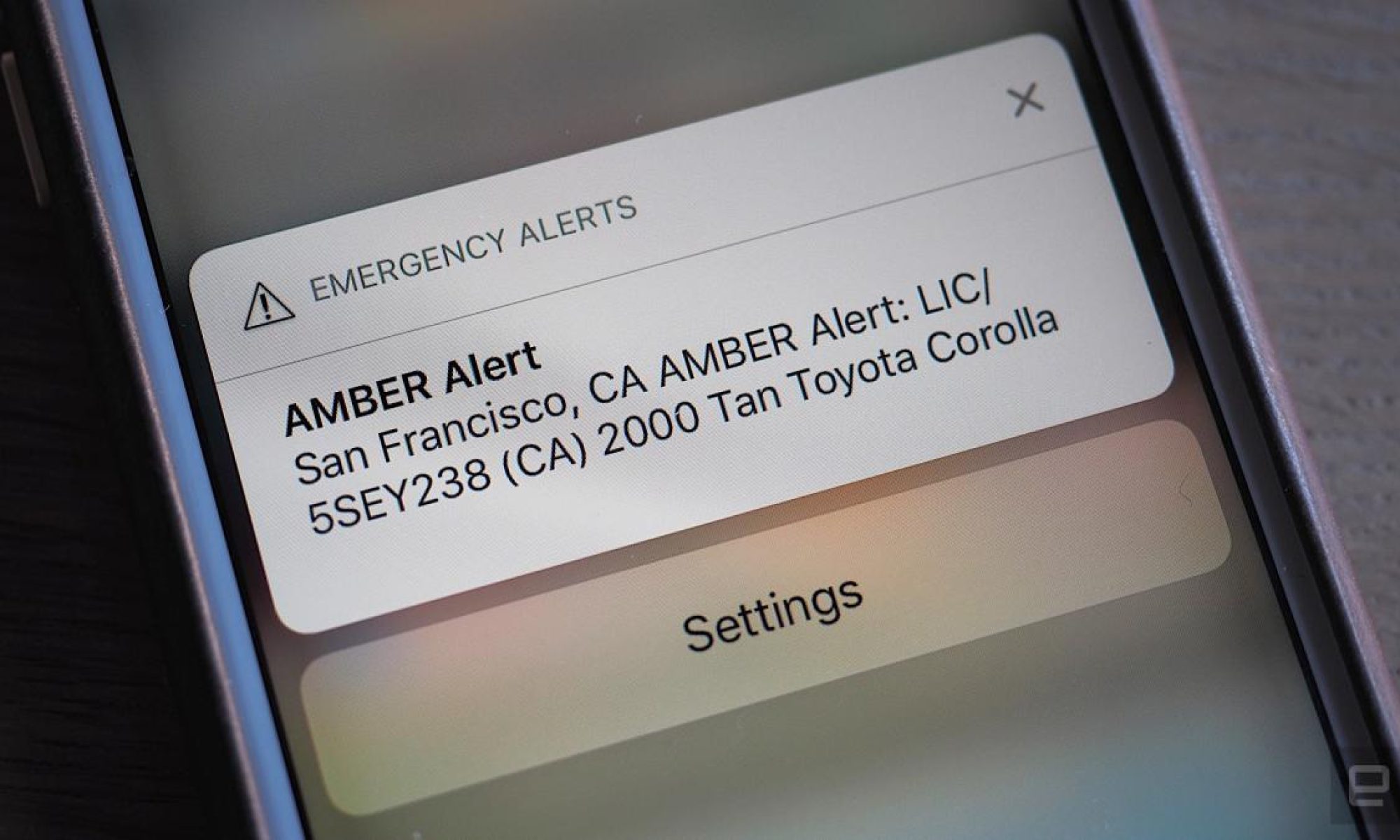This week, I worked on preparing the slides for our final presentation with Richard and Tzen-Chuen, mainly focusing on testing and verification. I also worked with Richard and Tzen-Chuen on testing the system with the replacement webcam we have been using temporarily. I tested the ML models with Richard on both ideal (phone) quality and webcam photos, and results show that the bottleneck in performance was due to the poor webcam quality, since performance on ideal photos was high, but extremely poor on the webcam photos. Yesterday, we received a new camera, which was the missing piece of hardware and the biggest risk factor. It’s an Arducam model, not the Camera Module 3, which still hasn’t arrived, and doesn’t have IR capabilities, but meets our other requirements for the camera, so this won’t affect our demo and is a pretty suitable replacement. The new camera provides significantly better image quality and focus control, and initial tests show that it will help us better meet our design specifications for license plate capture under real-world conditions..
We are currently basically on schedule, with the delay in receiving the Camera Module 3 slowing our testing down a bit, but we’ve verified functionality and done tests for the other components while waiting, so we stayed mostly on track. Final testing and data collection can now proceed with the correct hardware. By next week, we should be done with capstone deliverables and testing.



